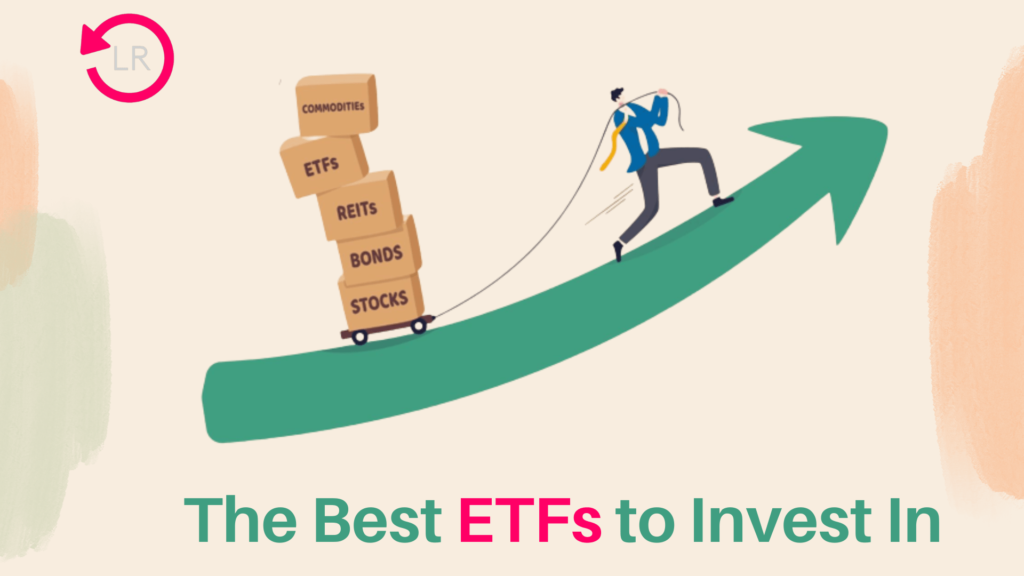
Introduction
Exchange-Traded Funds (ETFs) have become increasingly popular investment vehicles for both seasoned investors and newcomers to the market. They offer a diverse and cost-effective way to invest in a wide range of assets, including stocks, bonds, commodities, and currencies. This guide will provide you with a comprehensive overview of ETFs, their benefits, and a step-by-step process to start investing in them.
Understanding ETFs
An ETF is a type of investment fund that trades on a stock exchange, much like a stock. It tracks a specific index, commodity, or basket of assets. By investing in an ETF, you’re essentially buying a piece of a diversified portfolio.
Key Benefits of ETFs:

- Diversification: ETFs provide instant diversification, reducing the risk associated with investing in individual stocks or bonds.
- Lower Costs: ETFs typically have lower expense ratios compared to mutual funds, making them a more cost-effective investment option.
- Liquidity: ETFs are highly liquid, meaning you can buy and sell them easily throughout the trading day.
- Tax Efficiency: ETFs often offer tax advantages, particularly for long-term investors.
How to Start Investing in ETFs
- Open a Brokerage Account:
- Choose a reputable online brokerage firm that offers a user-friendly platform and low fees.
- Provide the necessary personal and financial information to complete the account opening process.
- Research and Select ETFs:
- Identify Your Investment Goals: Determine whether you’re investing for long-term growth, income generation, or a combination of both.
- Choose the Right ETF Type:
- Stock ETFs: Track a specific stock index, such as the S&P 500 or a sector-specific index.
- Bond ETFs: Invest in a variety of bonds, including government bonds, corporate bonds, or municipal bonds.
- Commodity ETFs: Track the price of commodities like gold, oil, or agricultural products.
- Currency ETFs: Invest in foreign currencies.
- Consider Your Risk Tolerance: Choose ETFs that align with your risk tolerance. Low-risk ETFs may focus on bonds or broad market indexes, while high-risk ETFs might invest in specific sectors or emerging markets.
- Place Your Order:
- Once you’ve selected an ETF, you can place a buy order through your brokerage account.
- Specify the number of shares you want to purchase and the order type (market order, limit order, or stop-loss order).
- Monitor Your Investments:
- Regularly review your ETF holdings to assess their performance and make adjustments as needed.
- Stay informed about market trends, economic news, and any changes in the ETF’s underlying assets.
Tips for Successful ETF Investing

- Diversify Your Portfolio: Spread your investments across different asset classes and sectors to reduce risk.
- Dollar-Cost Averaging: Invest a fixed amount regularly, regardless of market conditions, to reduce the impact of market volatility.
- Rebalance Your Portfolio: Periodically rebalance your portfolio to maintain your desired asset allocation.
- Keep Costs Low: Choose ETFs with low expense ratios to maximize your returns.
- Stay Informed: Stay up-to-date on market news and economic trends.
- Consider Tax Implications: Consult with a tax advisor to understand the tax implications of your ETF investments.
Conclusion
Investing in ETFs can be a rewarding strategy for individuals seeking to build wealth over the long term. By understanding the basics of ETFs and following the steps outlined in this guide, you can start your investment journey with confidence. However, it’s essential to conduct thorough research and consider consulting with a financial advisor to make informed investment decisions.